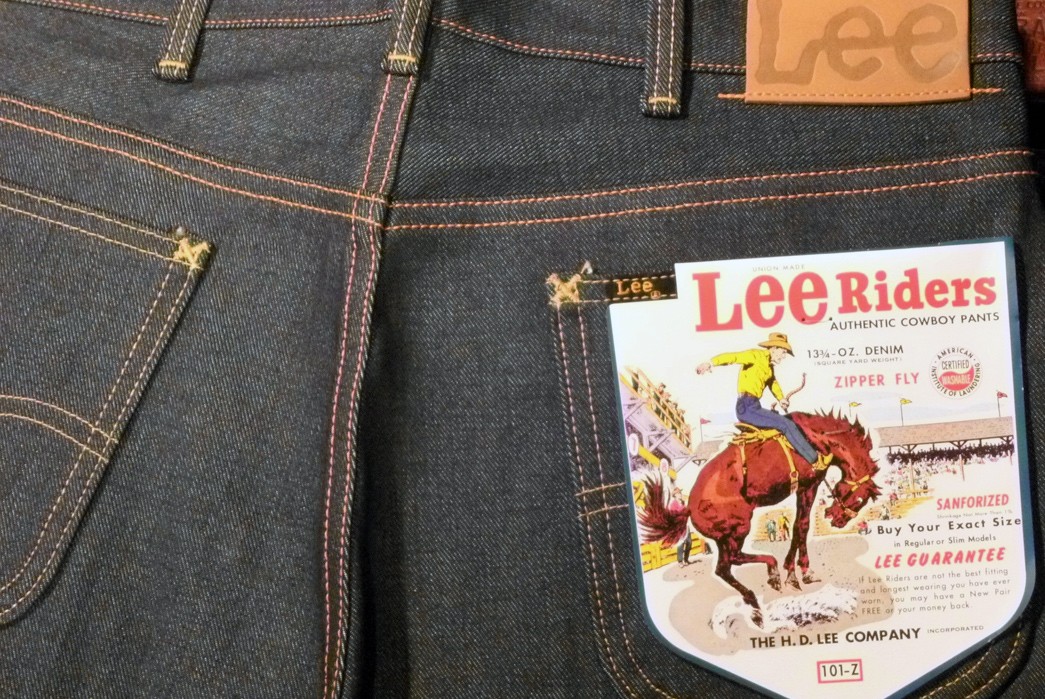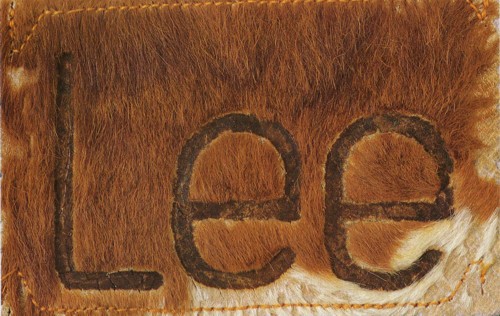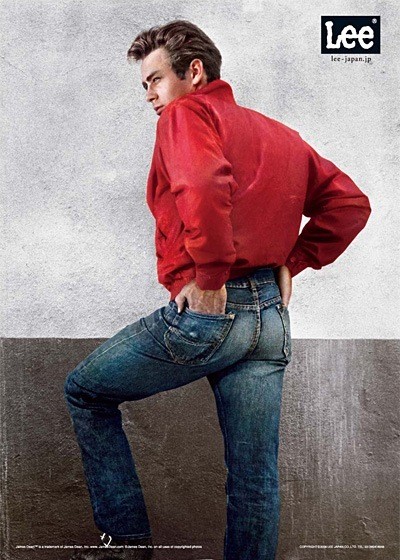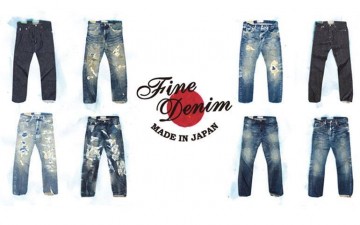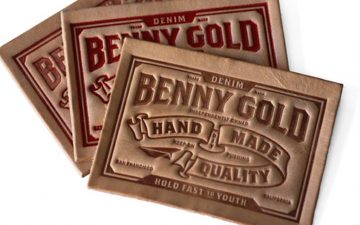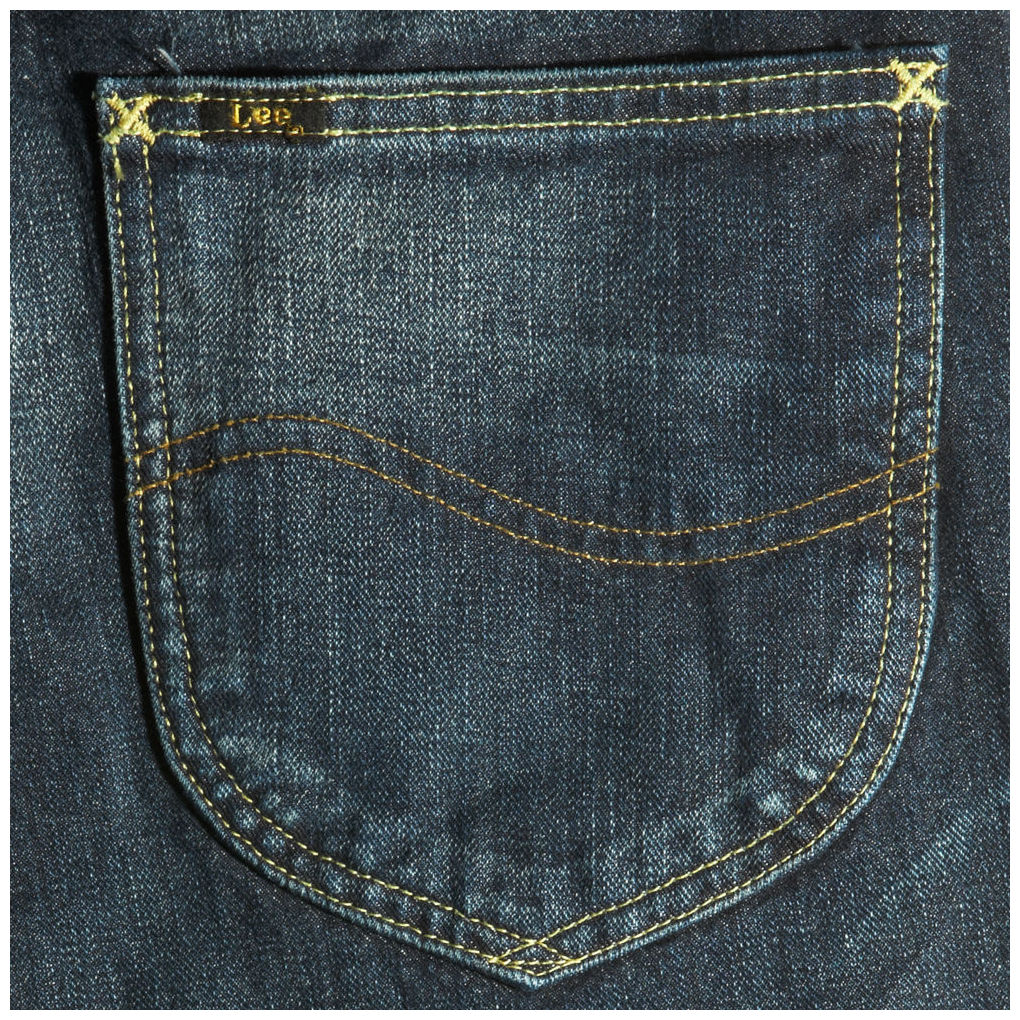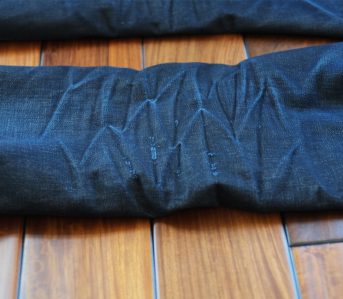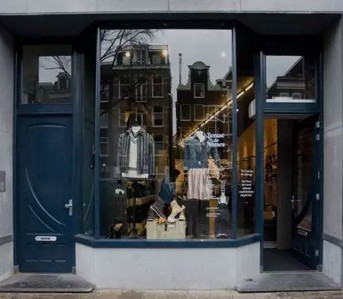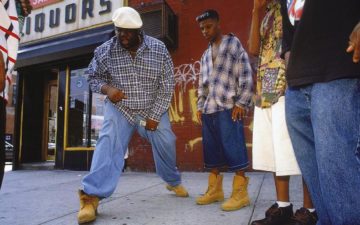Lee Jeans’ slogan has been “Can’t Bust Em” since the 1940’s, and Buddy Lee, Lee Jeans’ 12.5-inch-tall mascot, has been put through a lot more than explosions and car crashes to prove how tough the brand is. Lee was founded by Henry David Lee in 1889 in Salina, Kansas, as a workwear company that originally produced dungarees and jackets typical of the time.
In 1911, Lee manufactured their first bib overalls, but the company did not become a household name until 1913, when they pioneered the first full-jacket overall, the Lee Union-All. The Union-All was marketed to farmers, mechanics and railroad workers, and was so successful that Lee opened several manufacturing plants over the next four years.
The 1920s were a huge decade for Lee, seeing the birth of two of their claims to fame. In 1920, Lee introduced their mascot, Buddy Lee. Buddy Lee was one of the earliest company characters used in American advertising, and Buddy’s cheeky grin and shifty eyes are still recognizable today.
In order to prove how tough Lees were, Buddy was submitted to a number of brutal trials in his jeans, but he always survived them, smiling, thanks to his tough-as-nails workwear. Buddy was even resurrected in 1999 for a few television advertisements aimed at promoting the Lee Dungarees line to youth.
In 1926, Lee was manufacturing a heavy, 13 oz. jean called the Cowboy Pant, marketed for seamen, loggers, and (obviously) cowboys. The Cowboy Pant was also known as the Lee 101, and in 1926, Lee introduced the 101Z, the first jean with a zip-fly. With the introduction of the zip-fly, Lee started offering their Cowboy Pants with tailored sizing and inseam measurements for a more personal fit.
Lee’s leather logo patch has also been through an interesting transformation as the company has evolved. In 1936, “hair on hide” labels were stitched to the back of their jeans. The company logo was branded directly onto cowhide to appeal to the cowboy lifestyle.
Ten years after the “hair on hide” label was introduced, Lee switched to their “twitch” label, which symbolized a steer’s twitch as the hot brand was pressed to its hide.
In the 1950s, denim began making its way into popular culture. In 1954, James Dean could be seen wearing jeans in “East of Eden,” and Lee 101Z Riders quickly become one of James Dean’s jeans of choice.
With the budding casual market, Lee created their “Leesures” line, and over the next ten years developed stretch-pants and permanently pressed slacks, called Lee Prest. By 1970, Lee was exclusively catering to fashion and exporting their garments to over 80 countries.
These days, Lee has launched a new upscale denim line called Lee 101. The 101 line pays homage to the quality and craftsmanship responsible for the company’s concrete foundation, offering 13.25 oz.-13.75 oz. raw Italian and Japanese selvedge denim finished with their signature blue selvedge thread. The Lee 101 line features details vintage leather logo patches and the “lazy S” stitching on the back pocket.
While Heddels does not recommend testing the grit of your Lees like Buddy Lee, we hope that owners of Lee Jeans can take comfort in knowing over a century of denim craftsmanship and innovation have gone into the Lee line.
